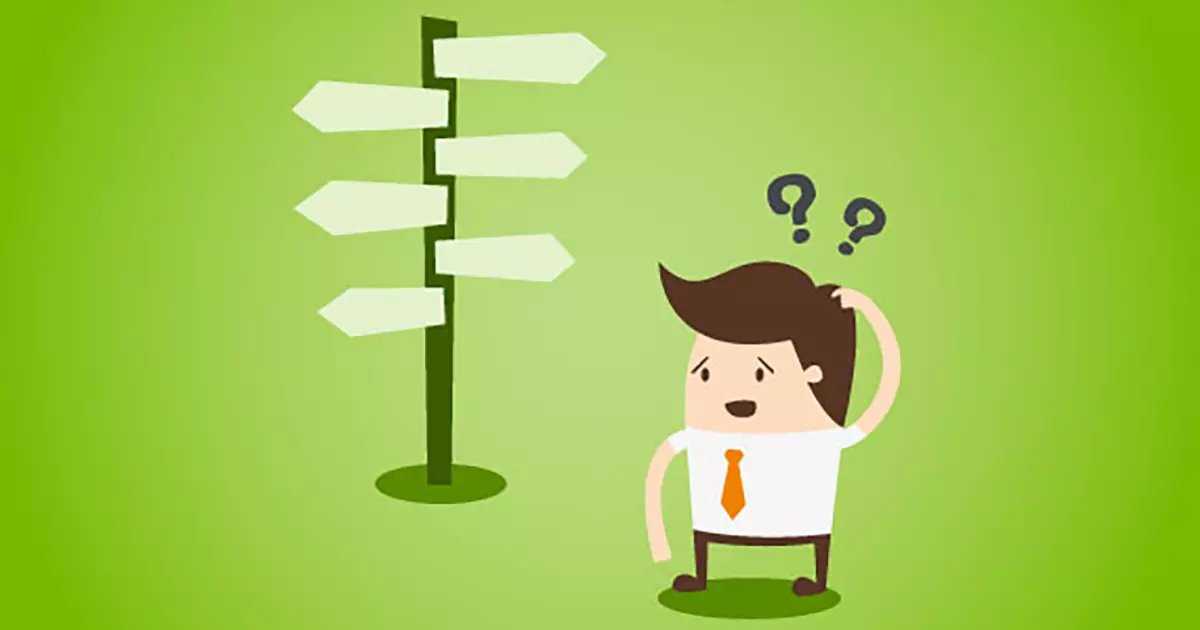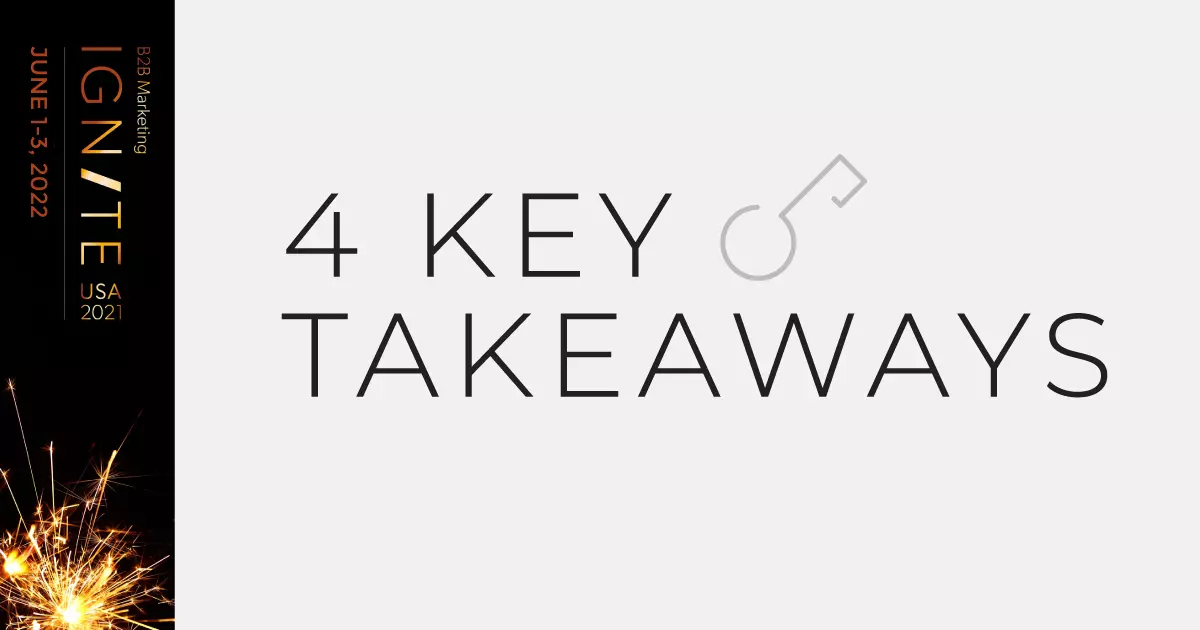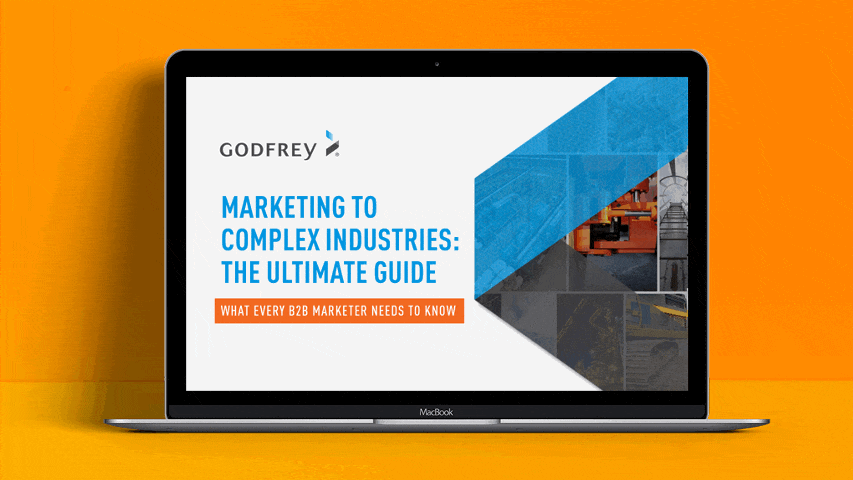Which Content Is Best at Each Stage of the B2B Buyer's Journey?

B2B marketers need to focus their content strategy efforts at each stage of the B2B buyer’s journey if their programs are to be successful.
One of the greatest challenges of the new marketing era comes from making sense out of the plethora of B2B content choices we now have.
Blogs, white papers, videos, web pages, webinars, articles, enewsletters … the list of alternatives is almost endless.
And we know that B2B buyers are availing themselves of all these choices, consuming content at a rapid-fire pace.
That’s why our proverbial buyer’s journey looks like a high school football star zig-zagging his way downfield on a punt return. At least there’s a goal in mind.
The problem is that all this activity poses a severe challenge for B2B marketing. Consumer advertisers can formulate content strategies with multimillion-dollar budgets, ladling out content in mass quantities, with the certain knowledge buyers will find their way downfield to the goal line. Eventually. They’re playing a numbers game … and they can because they have very large numbers.
Unfortunately, B2B marketers have no such luxury in their marketing communications programs. There are no multimillion-dollar budgets. More significantly, there aren’t millions of consumers to coax, wheedle or otherwise convince to buy. And really, there’s not the luxury of time: Investors in B2B organizations normally expect returns quickly.
For B2B, there are audiences in the thousands at best. Maybe even hundreds. And thus, there’s no trickle-down strategy that can be counted on, over time, to deliver customers reliably to point-of-sale terminals around the world.
Focus, Focus, Focus
No, B2B is different. Without the scale and resources B2C advertisers normally can count on, B2B marketers find they need to focus their efforts if their programs are to be successful.
That may mean, for instance, that while a B2C marketer could easily create a video, a webinar, a web page and a series of posts on a subject, B2B marketers will not have enough traffic to merit all that content, even if the budget would allow. The multitude of choices would simply confuse the audience. And they may find their best choice is a white paper that is easy to create and promote.
So, while all those content choices may be possible, helpful or even desirable, they may not be practical. Or even effective. So the watchword for cost-restrained B2B marketers is usually focus.
You can still think through the typical B2B buyer’s journey. In fact, you should. But instead of planning a variety of choices at every stage, you may need to focus on fewer choices. Preferably, one.
Reaching that realization, we now have some guidance on which types of content are best at which stages of the typical B2B buyer’s journey. It comes in the form of research from IEEE Engineering360 Media Solutions, entitled, “2016 Industrial Buy Cycle Study.”
The August 2016 study breaks down the buy cycle into three key stages and identifies the content types most preferred by the 697 technical buyer respondents (mostly design, process/production, mechanical and consulting engineers) at each stage.
And while the study goes out of its way to point that there is no “go-to” resource preferred at any one stage, it does help B2B marketers chart a rational course for planning high-impact programs.
The stages are as follows …
Research & Analysis
In Research and Needs Analysis, technical teams identify specific needs for their company and explore available options. Tasks undertaken during this stage might include:
- Canvassing members of their engineering teams to learn their needs and requirements
- Investigating possible solutions from the supplier community via web searches, product videos, webinars or white papers
- Scanning industry media to learn of new developments (supplier mergers, new technologies and product launches, etc.)
- Plying their peer networks to discover what’s available
And the preferred content included: GlobalSpec and its related websites, enewsletters and blogs. You are certainly allowed to attach a certain amount of skepticism to the first recommendation, given IEEE Engineering360’s connection to GlobalSpec.
Comparison & Evaluation
Comparison and Evaluation—when engineers determine the most suitable options. Examples of action items might include:
- Conducting side-by-side comparisons of product or service features and functions via product ratings, watching “how-to” videos, downloading user manuals, or obtaining “ballpark” pricing
- Hands-on testing in the labs, including the views and experiences of other members of the engineering team
- Querying a supplier’s technical representations and field sales staff about the most appropriate products
The content engineers want to see at this stage includes webinars, video, white papers, printed catalogs and printed trade publications.
Purchase
Purchase—when engineering teams make a purchase decision and transact orders. While many staffers admit they depend on administrators or purchasing personnel to assume responsibilities, many managers nevertheless remain highly involved:
- Obtaining the appropriate signatures and initializing paperwork flow
- Negotiating supplier terms and conditions, including warranties, post-sale tech support, options on upgrades and more
- Looking anew into distribution channels to obtain the best pricing for needed components and equipment reviews
In Purchase, the best content choices are media from previous stages, trade shows and conferences, and social media.
One note on the last point. The study goes out of its way to point out that online communities, blogs and social media are “noticeably, of limited interest even to younger engineers.” So why does it include social media in the last section? It doesn’t say. But multiple studies over the past decade have shown that engineers rely strongly on peer recommendations, and social media is one of several ways – including face-to-face, email or even telephone -- for them to reach out to their colleagues. Lacking more specific research on the information-gathering habits of a target audience, we can use this study as helpful guidance on the best ways to reach engineers at various stages of the buying process.
Sign Up for our Newsletter - Get agency updates, industry trends and valuable resources delivered directly to you.
Godfrey Team
Godfrey helps complex B2B industries tell their stories in ways that delight their customers.




